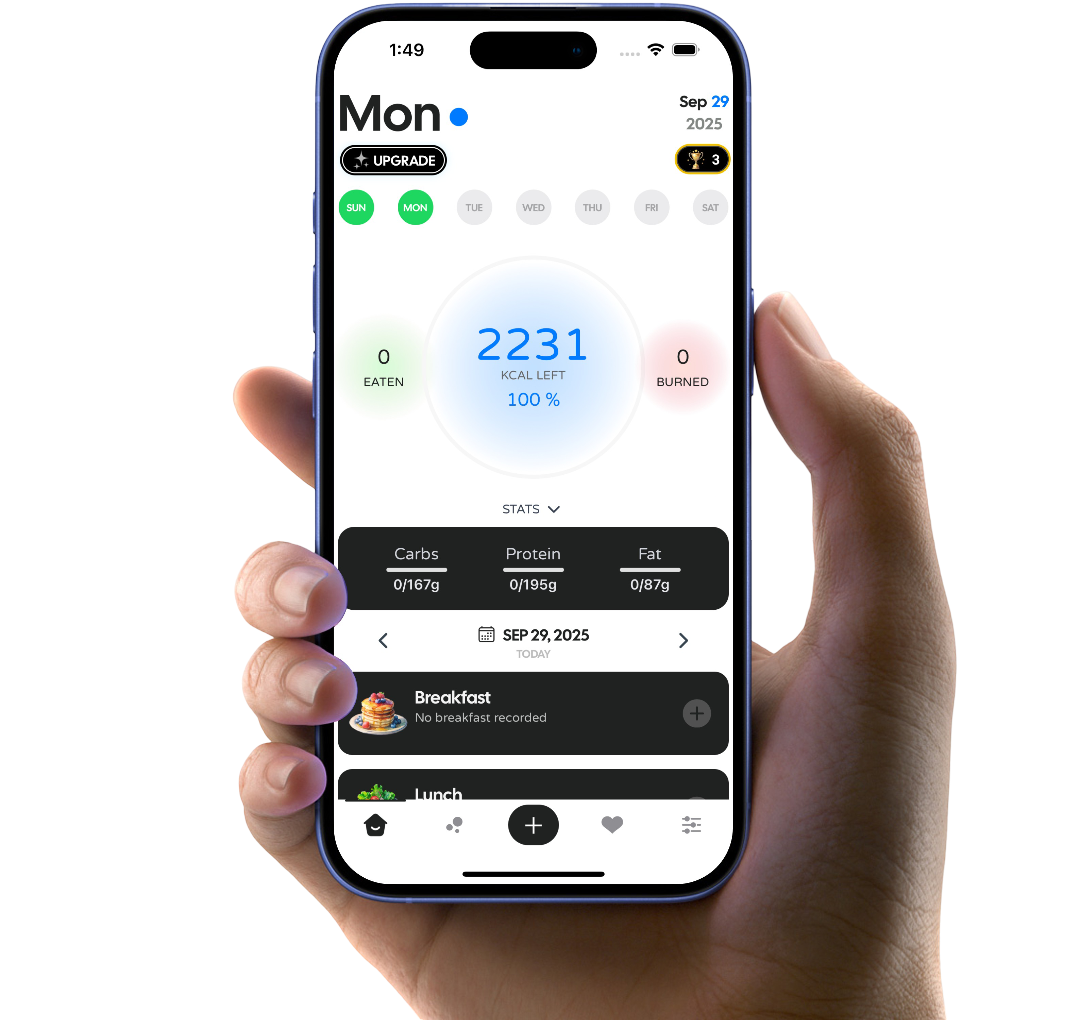One Repetition Maximum (1RM) Calculator
The One Repetition Maximum (1RM) represents the maximum weight you can lift for a single repetition of a specific exercise. It serves as a crucial metric in strength training, enabling you to effectively plan your workouts, monitor progress, and establish realistic strength goals. This calculator leverages the Epley Formula, one of the most recognized and widely used methods, to accurately estimate your 1RM based on the weight lifted and the number of repetitions performed.
Understanding the Epley Formula
The Epley Formula provides a reliable estimation of your 1RM by considering the relationship between the weight lifted and the number of repetitions completed. The formula is as follows:
1RM = Weight Lifted × (1 + 0.0333 × Repetitions)
This formula assumes a relatively linear relationship between the weight lifted and the number of repetitions possible. As the weight increases, the number of repetitions you can perform decreases. The constant 0.0333 is empirically derived and reflects the average decline in lifting capacity with increasing weight.
1RM Formulas
While the Epley Formula is widely used, other formulas can also estimate your 1RM. Each formula has its strengths and may be more suitable for specific exercises or individuals. Here are a few alternatives:
Brzycki Formula: 1RM = Weight Lifted / (1.0278 - 0.0278 × Repetitions)
Lombardi Formula: 1RM = Weight Lifted × (Repetitions ^ 0.10)
O’Conner Formula: 1RM = Weight Lifted × (1 + 0.025 × Repetitions)
These formulas can be used interchangeably depending on your preference or the specific exercise being tested. Experiment with different formulas to see which one aligns best with your lifting experience.
Accuracy and Limitations
While the Epley Formula is widely accepted, it's essential to understand its limitations. It provides an *estimation*, not a precise measurement. Accuracy tends to be higher for lower repetition ranges (1-5 reps) and decreases slightly as repetitions increase. For repetitions exceeding 10-12, the formula may become less reliable.
Individual factors, such as training experience, exercise type, and muscle fiber composition, can also influence the accuracy of the estimation. For highly accurate 1RM determination, direct testing (attempting a true 1RM lift under proper supervision) is recommended, especially for experienced lifters. However, direct testing carries a higher risk of injury and should be approached with caution.
Practical Application and Benefits
Understanding your 1RM is fundamental to effective strength training. Here are some key applications:
- Personalized Training Programs: Your 1RM serves as a baseline for determining appropriate weight loads for different exercises and training goals. You can use percentages of your 1RM to structure your sets and repetitions, optimizing your training for strength, hypertrophy (muscle growth), or endurance.
- Progress Tracking: Regularly recalculating your 1RM allows you to monitor your strength gains over time. This provides valuable feedback on the effectiveness of your training program and helps identify areas for improvement.
- Goal Setting: Knowing your 1RM enables you to set realistic and achievable strength goals. You can break down larger goals into smaller, manageable increments, making your progress more tangible and motivating.
- Exercise Selection: Your 1RM can guide your choice of exercises. For instance, if your 1RM for squats is significantly higher than your 1RM for deadlifts, you might prioritize deadlift training to address this imbalance.
- Avoiding Plateaus: By tracking your 1RM, you can identify plateaus in your training and adjust your program accordingly. This might involve changing exercises, increasing volume, or modifying your training frequency.
Example 1RM Calculations
The following table illustrates how the Epley Formula is used to calculate 1RM for different combinations of weight lifted and repetitions performed.
| Weight Lifted (lbs) | Repetitions | Estimated 1RM (lbs) |
| 100 | 5 | 116.65 |
| 135 | 3 | 148.99 |
| 185 | 1 | 185.00 |
| 225 | 8 | 284.94 |
| 275 | 6 | 330.45 |
| 150 | 10 | 199.95 |






